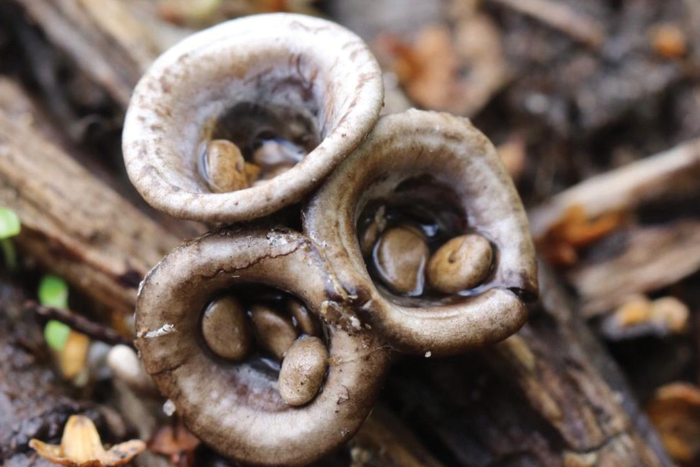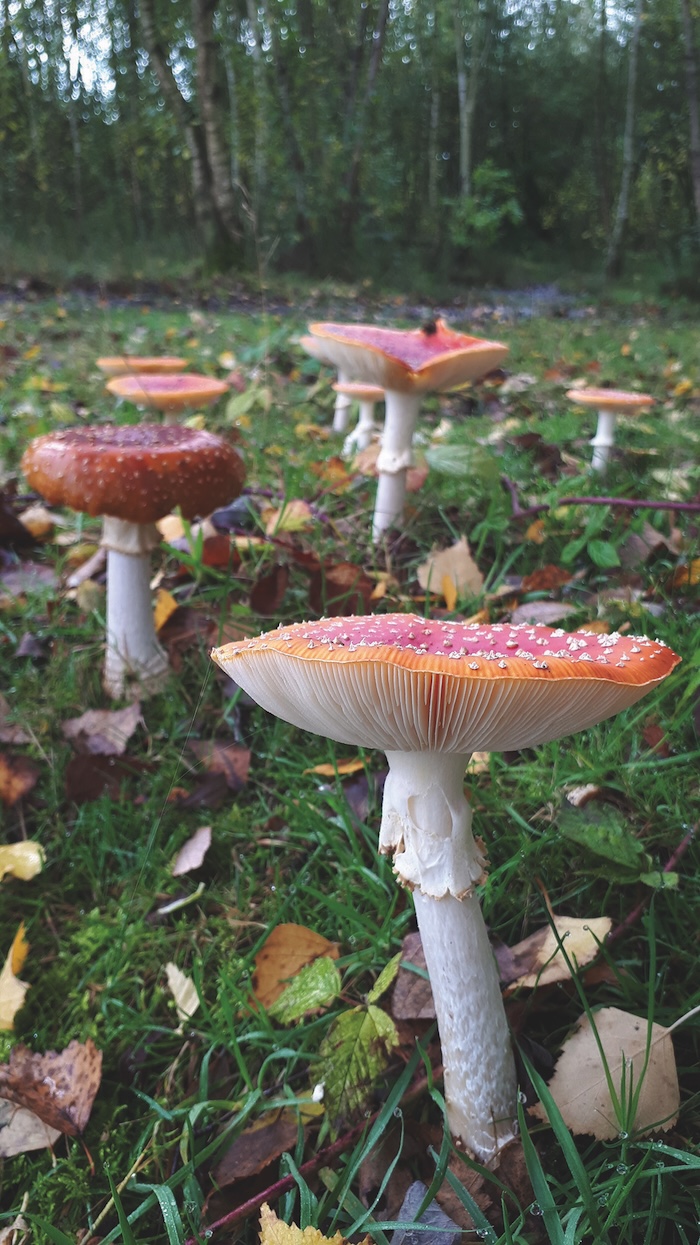
The magic of mushrooms
By Rachel Shaw
Lincolnshire Wildlife Trust
On went a walk in search of fungi on the West Common, I found a tiny toadstool almost hidden amongst the grass stems.
With a slender stem and a broad open cap, it looked like delicate parasols for fairies. There’s something mystical about fungi that sends the mind on flights of fancy.
Fungi come in all shapes and sizes from the traditional toadstools like the red and white fly agaric and amethyst deceiver and to the bizarre elfin saddles and tiny bird’s nest fungi.
There are more than 15,000 species in the UK. Neither plant, nor animal, they make up an entire kingdom of their own.
Fungi also include some of our most poisonous species. Often aptly named such as the sickener, poison pie, death cap and the destroying angel, they can be tricky to identify so never eat any fungi you find unless you are 100% certain.
Unless you are with an expert, it is best to leave them where you find them and go home with a photo instead.
Every habitat is home to a great variety of fungi and their arrival, sprouting up as if from nowhere, is a reminder of the world beneath our feet. A world where plants talk to each other using a social network of spreading fungal filaments.
What we see, commonly known as the mushroom or toadstool, is the fruiting body. Its function is to release spores. The rest of the fungi remains hidden underground or within trees, dung or even in nuts and seeds. It’s a dense network of threads called hyphae that together are known as the mycelium.
Some individual mycelia are thought to have been alive for hundreds, perhaps thousands of years. They can spread many metres through the soil, connecting to the roots of trees, grasses and other plants and forming a huge network. This network, known as the "Wood Wide Web", allows fungi and plants to share resources and communicate.
The fungus gives the plant nutrients from the soil and the plant supplies the fungus with carbohydrates formed through photosynthesis (the process of making energy from sunlight).
Trees can share sugars, nutrients and water with other trees and use it to send information. Studies have shown that when a tree is under attack, from a harmful fungus or insects like aphids, it can send out a warning to nearby trees through the mycelium, giving them chance to prepare and defend themselves against attack.
But just like the internet, it has a darker side. Some plants have found a way to exploit the network, they have become hackers taking all they need from the fungal mycelium but giving nothing in return.

